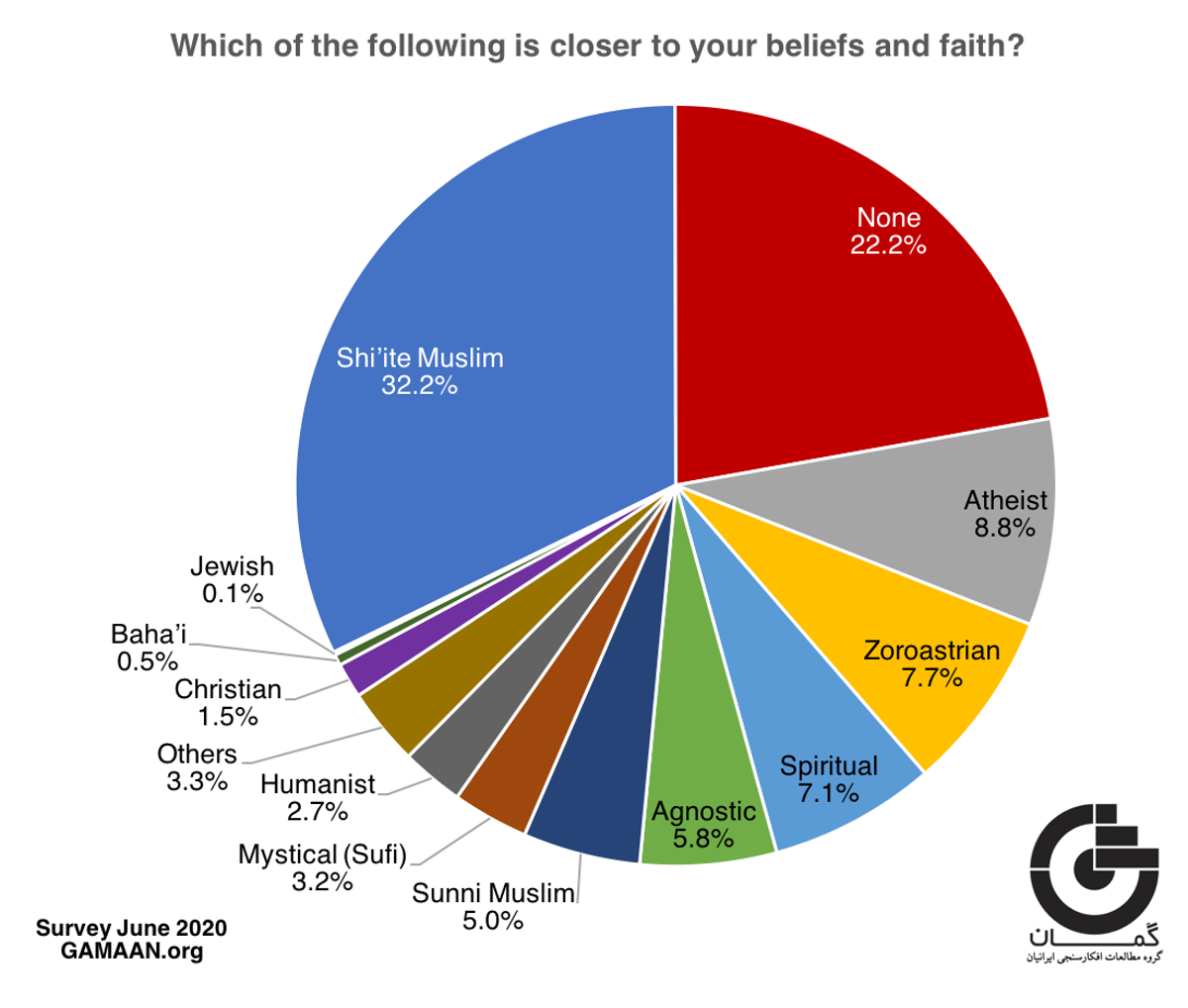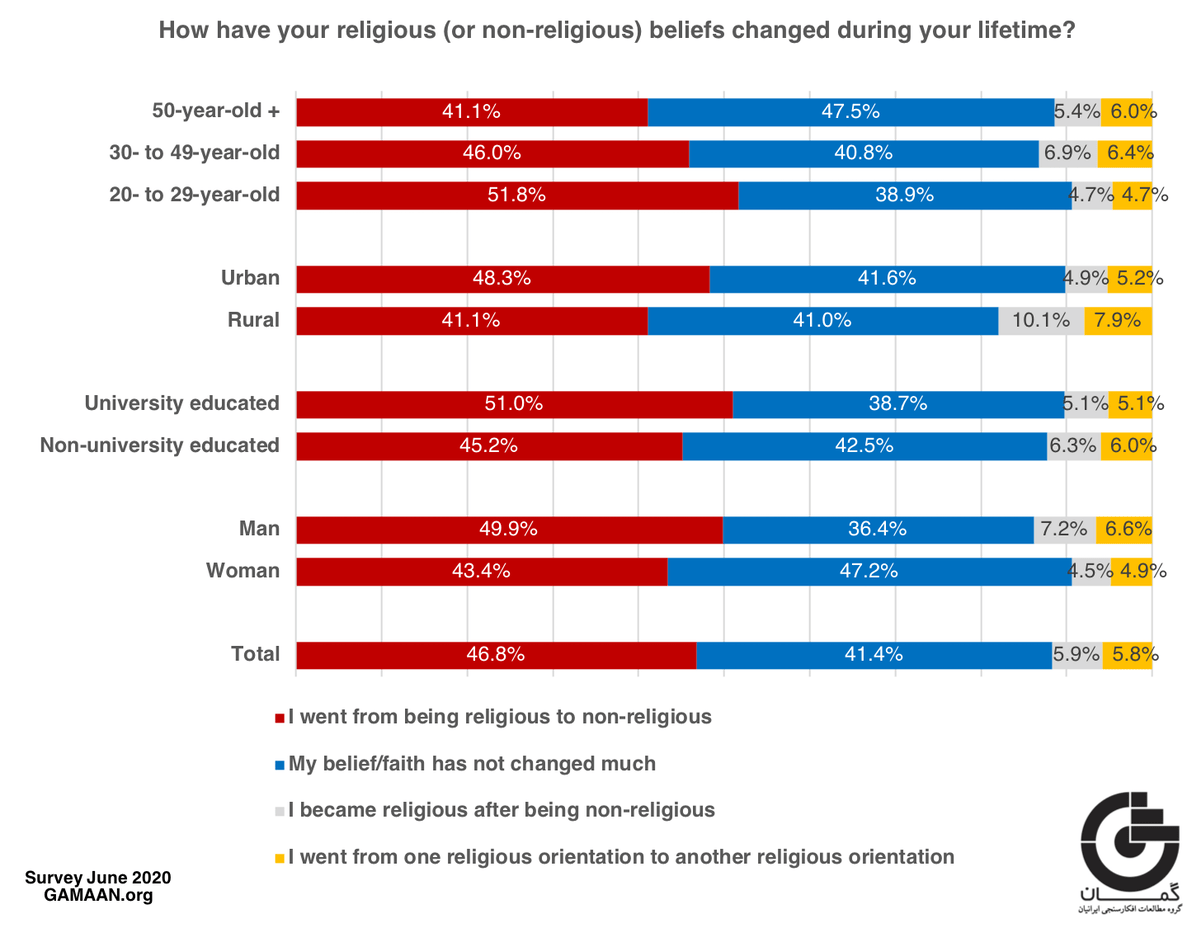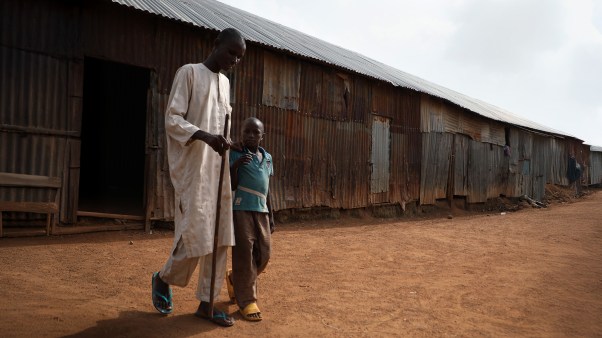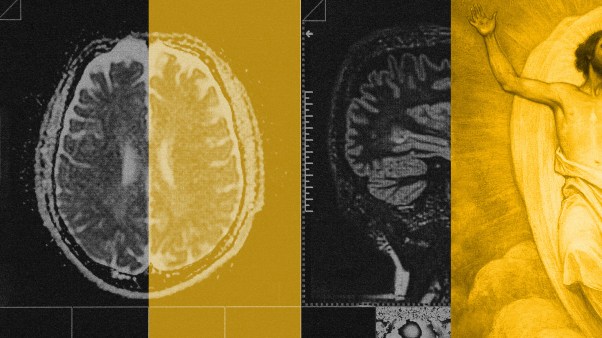Missiologists have long spoken of the explosive growth of the church in Iran.
Now they have data to back up their claims—from secular research.
According to a new survey of 50,000 Iranians—90 percent residing in Iran—by GAMAAN, a Netherlands-based research group, 1.5 percent identified as Christian.
Extrapolating over Iran’s population of approximately 50 million literate adults (the sample surveyed) yields at least 750,000 believers. According to GAMAAN, the number of Christians in Iran is “without doubt in the order of magnitude of several hundreds of thousands and growing beyond a million.”
The traditional Armenian and Assyrian Christians in Iran number 117,700, according to the latest government statistics.
Christian experts surveyed by CT expressed little surprise. But it may make a significant difference for the Iranian church.
“With the lack of proper data, most international advocacy groups expressed a degree of doubt on how widespread the conversion phenomenon is in Iran,” said Mansour Borji, research and advocacy director for Article 18, a UK-based organization dedicated to the protection and promotion of religious freedom in Iran.
“It is pleasing to see—for the first time—a secular organization adding its weight to these claims.”

The research, which asked 23 questions about an individuals’ “attitude toward religion” and demographics, was run by professors associated with the respected Dutch universities of Tilburg and Utrecht.
The general presumption of doubt risked influencing asylum applications by Iranians seeking resettlement in Europe or elsewhere.
“We do not regard it as remotely plausible that there are as many as 1 million people secretly practicing Christianity in Iran today,” wrote a UK judge in a March ruling establishing best practice guidelines, following a case that ultimately denied asylum to an Iranian convert.
“The huge numbers of converts claimed by various evangelical missions must be viewed in light of the fact that … the more converts they can claim, the greater the incentive for co-religionists to donate.”
Yet despite the widespread skepticism, research conducted by Christian advocacy organizations has begun to produce results.
In 2005, the United Nations created the Geneva-based Universal Periodic Review to evaluate the human rights status of every nation every 4.5 years. During its review session in February, for the first time recommendations for Iran included its treatment of “Christian converts,” issued by Norway and the Netherlands.
“We try to build relations with diplomats as much as they allow,” said Wissam al-Saliby, advocacy director for the World Evangelical Alliance.
“Without such reporting, news of Christian persecution will not filter into Geneva circles, and nations will not feel any pressure.
“It is important for Iran to hear the distinction between its traditional Christian communities, and its converts to the Christian faith.”
But according to the GAMAAN survey, there is another distinction Iran must make.
“The real news is not the number of Christians,” said Johannes de Jong, director of the Sallux (“Salt-Light” in Latin) think tank, affiliated with the European Christian Political Movement.
“It is the massive secularization of Iranian society as a whole.”
Only 32 percent of those surveyed identified themselves as Shiite Muslim. Officially, Iran puts their number at 95 percent.
“The Islam in Iran is a political system, not a faith embraced by any majority,” said de Jong, who has worked with Iranian asylum seekers and opposition politicians over the last 20 years.
“A free Iran would see an implosion of Islam, and a very significant rise of Christianity, Zoroastrism, and atheism.”
The survey already bears this out.
Atheists poll at 9 percent of the population (and nones, or no religious affiliation, overall at 22%); Zoroastrians at 7 percent. The 2011 census numbered Zoroastrians at only 25,000. Extrapolating the percentage from this survey, which GAMAAN stated is 95 percent accurate, that would now be 5.6 million. (Sources said this may indicate a non-Islamic Persian nationalism rather than a true system of belief.)
Nearly half (47%) said they used to be religious but are no longer.

Only 6 in 10 Iranians surveyed said they were born into a religious family. But 6 in 10 also do not say their daily prayers. And 7 in 10 do not want legislation based on religion (68%); state-funded religious institutions (71%); or mandatory head covering (73%). A majority (58%) do not believe in wearing the hijab at all.
And according to a 2019 survey by GAMAAN, 79 percent of the population would vote against an Islamic republic.
While this might seem a fertile field for Christian witness, David Yeghnazar of Elam Ministries warns against the “clay feet” of secularism. For example, almost 4 in 10 Iranians (37%) drink alcohol—which is forbidden in Islam.
“Iranians are attracted to Christianity because they think it is part and parcel of the free, secular, and democratic West,” he said. “It is important for Christian agencies to pry Christianity away from that mould.”
He was also cautious about endorsing the survey statistics as a true estimate of the body of Christ. In a secular survey, “Christian” can imply anything from a “vague attraction” to a “genuine love of Christ and a growing knowledge of the Scriptures.”
Yeghnazar believes the house churches’ lack of governing structure will harm the growing movement. False teaching, financial irregularity, and pastoral dictatorship may begin to plague them.
Borji agrees.
“There is a very real risk that church growth is outpacing discipleship,” he said. “But the problem is exasperated by the fact that many leaders are now in prison, or have been forced out of the country.”
The impact, said Mike Ansari, president of Heart4Iran, is that the church is “highly marginalized, scattered, and segmented.”
Ansari believes personal evangelism is the most effective method for spreading the gospel and the reason behind much of Christianity’s growth in Iran. But given that it is “extremely risky,” satellite television has become the leading factor.
Ansari’s Mohabat TV noticed a surge in conversions during COVID-19. Whereas the channel was informed of 324 conversions through its ministry in March 2019, there was a tenfold increase one year later, with 3,088 new believers.
And if the exponential growth of house churches fails to keep up with conversions, satellite TV must fill in the gap.
Mohabat TV does its best. Elam Ministries’ Safar [Farsi for “journey”] program also helps.
Is it enough?
“Without meaningful face-to-face fellowship and discipleship, the future of the Iranian Church remains uncertain,” Ansari said.
“Isolation is the biggest enemy of church growth.”
It may prove a more effective foe than the Iranian government.
Wybo Nicolai of Open Doors International, based in Holland, noted that rapid church growth began in 2004, when the state put pressure on officially registered churches ministering through the Farsi language. (Iran’s traditional Christian communities use the Armenian and Assyrian languages of their ethnic communities.)
Consequently, ministry was forced underground where it “spread like wildfire” through cell groups and house churches.
“The Iranian authorities lost oversight of it,” said Nicolai. “There was nothing they could do to stop the spread of the gospel.”
They tried, and are trying still. Contrary to official accusations of Christians being Zionist agents and a threat to national security, an Iranian official recently told clerics in the holy city of Qom that “these converts are ordinary people, whose jobs are selling sandwiches or similar things.”
He complained that conversion is “happening right before our eyes.”
But the evidence of Iran’s failure as a theocracy to protect Islam is seen far beyond the Christian tally in the GAMAAN survey. If its overall statistics are valid, only 1 in 3 Iranians claim their national religion. And 4 in 10 believe every religion should be free to propagate its beliefs.
“The hearts and minds of the Iranian people have been plowed and made ready by Iranian government behavior over the last 40 years,” said Borji.
“The people’s resistance to the gospel has been neutralized.”










